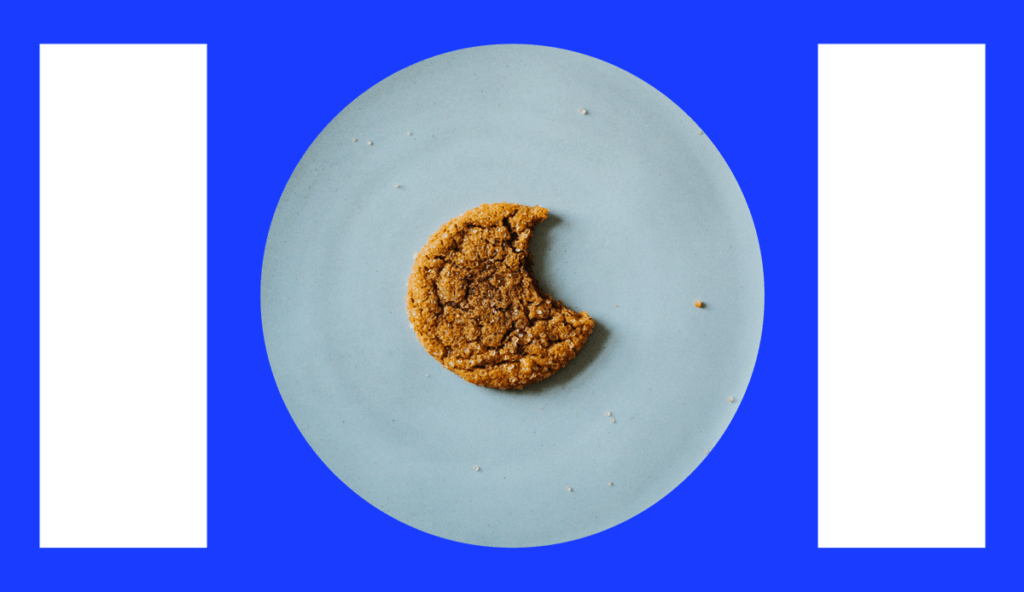Future-Proofing Measurement. 3 steps to prepare for signal loss

By Francis Kuttivelil, Head of Technology, and Gauthier Rochas, Analytics Director
Welcome back to our series on future-proofing measurement. In the first two chapters, we discussed the opportunities that signal loss could bring for marketers and the importance of beginning preparation for signal loss now.
As the digital advertising landscape evolves, signal loss presents marketers with a fair share of challenges and opportunities. Adapting to these changes now is crucial to maintaining effective measurement and optimization strategies without the personal identifiers that marketers have become reliant upon.
This blog will focus on building a solid foundation for future-proofing measurement and building testing frameworks. Don’t hesitate to contact us to discuss these steps or measurement best practices in general.
Three Steps to Success
Here, the M+C Saatchi Performance Data & Analytics team breaks down the process for preparation into three essential steps to enable media measurement success in the future:
- Assess – evaluate current tools.
- Prepare – close the gaps.
- Optimize – develop a cycle of ongoing success.
Step 1. Assess
The first step is to evaluate the existing tech, data, and measurement stacks. This understanding forms the cornerstone of new media measurement foundations.
Advertisers should analyze how their performance is currently reported, attributed, analyzed, and benchmarked and how that feeds into their overall media strategy. This helps to identify gaps in the current system, which are filled during the next step.
Through a combination of tech reviews and stakeholder interviews, advertisers should evaluate the following factors as a baseline:
A. Tech Stack & First-Party Data
- Evaluate current ad tech and mar tech stacks.
- Identify any gaps in technology concerning cookieless media measurement.
- Assess the quality and scale of first-party data collection.
B. Measurement Framework
- Explore how performance is monitored and reported.
- Assess the current attribution models.
C. Advanced Measurement Capabilities
- Identify advanced measurement activities currently or previously implemented (e.g., media mix models, geo-lift testing) or where there is a gap.
- Outline capabilities for predictive analytics.
- Explore internal data science and analytics resources.
D. Media & Budgets
- Map the current media mix and budget allocation by channel.
- Assess how budgets are set and evaluated.
- Examine the role of attributed metrics in budget decisions.
Step 2. Prepare
The next step is to take action. This starts with a gap analysis to close missing pieces identified during the initial asses stage.
A. Addressing the Gaps
- For Gaps in Tech: Invest in privacy-friendly technologies like CDPs, Google Analytics, UID2.0, and data clean rooms.
- For Gaps in Data: Strengthen first-party data strategies to increase the scale and quality of available data. This includes augmenting responsible collection practices, investing in CRM software, and diversifying the media channel mix.
B. Implement New KPI & Measurement Frameworks
Next, identify the most relevant KPIs for the cookieless future and build a measurement structure that supports this approach.
A robust unified measurement framework is essential for integrating diverse data sources, providing a holistic view of media performance, and enabling quick, informed decision-making. Learn more about the importance of a unified measurement framework here.
Essential Tip: Implement Conversion APIs
This enables conversion tracking and measurement across devices without relying on cookies.
C. Build a Measurement Trifecta
There is no single solution for media measurement in the cookieless future, every advertiser will have a bespoke set of needs. However, effective measurement without user identifiers requires a combination of strategies to triangulate media impact, and though each framework will be different for each advertiser, a measurement trifecta remains the same.
This requires three essential areas to be available or established, which we refer to as the measurement trifecta, which consists of attribution, incrementality, and media mix modeling.
The three essential parts of a solid measurement trifecta consist of:
Attribution
- Attribution is still an essential tool for optimization within walled gardens, self-attributing networks (SANs), and first-party data. This pillar helps optimize targeting, adjust the overall media mix, and allocate budgets along various touchpoints of the user journey.
Incrementality
- Incrementality testing reveals the true incremental impact of media. It’s a simple way to determine whether a certain channel or campaign is responsible for a given outcome. It also corroborates all other measurement approaches, making it essential to allocate resources effectively.
Media Mix Modeling (MMM)
- Media mix models give a comprehensive view of how different media contribute to overall business outcomes, which is crucial for high-level decision-making and strategy across various channels.
Watch Dane Buchanan, Chief Data & Analytics Officer, discuss Media Mix Models’ essential merits below.
Combining these three approaches enables marketers to understand campaign impact, refine media plans, and drive growth from the individual channel to the entire media ecosystem.
D. Testing the Measurement Framework
Start testing your measurement trifecta to see how the three pillars function independently and in conjunction.
Essential testing tips to get started:
- Attribution
- Determine the role of channel attribution in the post-cookie world and ensure fraud detection is in place.
- Incrementality Testing
- Start with geo-lift tests across channels and regions and follow those up with ongoing BLS and RCTs to verify causality and optimize based on true incremental data.
- Media Mix Modeling
- First, gather, aggregate, and harmonize historical data. Then, build and validate the initial models. Remember that MMM can take 12-18 months to collect significant data across all sources, so beginning this process early is crucial.
Learn more about preparing for a cookieless future in our free Measurement Health Check for growth marketers.
E. Test Privacy-Friendly Targeting
With the new measurement framework in place, advertisers should begin testing a range of new privacy-centric targeting strategies. Examples include:
- Purely contextual targeting.
- Interest-based and demographic targeting for social channels.
- Broad interest categories (Topics API) and custom audience targeting (Protected Audience APIFLEDGE) through Privacy Sandbox.
- Cross-channel user-based targeting with UID2.0.
F. Educate Stakeholders
As discussed in the last Future Proofing Measurement chapter (available here), proactive internal communication is critical to navigating the learning curves and ensuring alignment throughout this transition. Remember to maintain regular updates with key stakeholders to educate them on privacy changes, new measurement approaches, KPIs, and optimization levers.
Step 3. Optimize
As usual, optimization is a continuous cycle. It’s essential to compare and contrast measurements from the new framework, apply learnings, and make necessary adjustments on an ongoing basis.
Fortunately, by implementing a solid Measurement Trifecta, advertisers will be well-positioned for success in the optimization phase – within individual channels and across the entire media mix.
The M+C Saatchi Performance teams can provide support across all aspects of these steps to help clients ensure they have a single source of truth and optimization engine functioning for robust ROAS understanding. Contact us for more about our measurement consultancy services, reporting, analytics, and measurement solutions.
In Summary
As the privacy landscape evolves, it’s crucial to begin future-proofing all key measurement, targeting, and analysis strategies immediately.
By following the “assess, prepare, optimize” model and building a robust measurement framework on the trifecta of attribution, incrementality, and media mix modeling, advertisers can set themselves up for a seamless transition through cookie deprecation and long-term success.
Watch our Future Proofing Measurement Video series.
Interested in finding out how we ensure holistic media measurement for clients? Watch a series of videos from the Data & Analytics team explaining various elements of their approach to media measurement.
- What is the Measurement Trifecta?
- How Attribution fits into a Measurement Framework
- What is Incrementality Testing
- Attribution & Incrementality Testing, what is the difference?
- The Importance of Media Mix Modeling
- The Importance of a Unified Measurement Framework
- Key Measurement Takeaways
Further Reading
Future Proofing Measurement. Preparing for signal loss
Future Proofing Measurement, Marketing Opportunities
Measurement Health Check. How to measure digital marketing
Contact us to find out how our Data & Analytics teams ensure media measurement is future-proofed.

